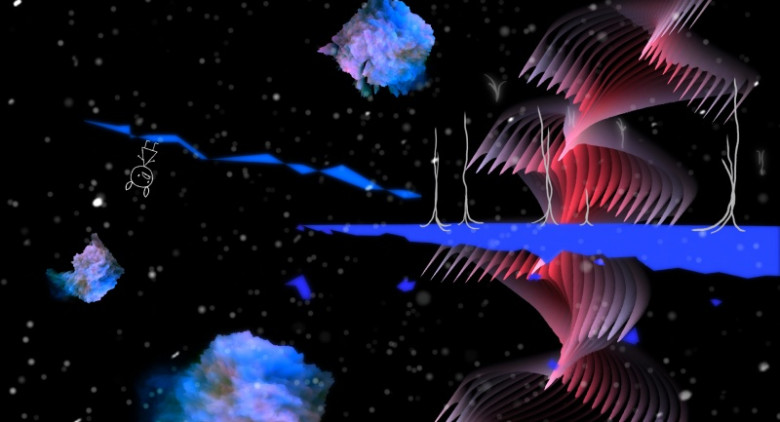At its root, The Room is an all-time great movie in a way something like Snakes on a Plane isn’t* because it wasn’t made with the intention of being a bad movie. The Room was not made for guffaws; every frame of it screams that it is the work of an auteur. The auteur in question, Tommy Wiseau, has three main qualities that all blend together to make The Room so damn singular. Most obviously, Wiseau is perplexing physical presence as an actor, with a, let’s say, unique cadence. Secondly, as a director and manager of tone, Wiseau is inconsistent beyond the point of parody. But what can make The Room turn from camp classic to unwatchable dreck for some is that it’s also incredibly toxic. If it is to be taken as a look into Wiseau’s frame of mind, the diagnosis is clearly misogynistic, egotistical, and paranoid. Don’t get me wrong, I love every second of The Room**, but its incompetency isn’t limited to simply hamfisted moralizing; it’s also that the morals are awful.
Going under the hood of The Room and looking at its guts isn’t and shouldn’t be a purely fun adventure, and The Disaster Artist doesn’t take the assignment that way. But it doesn’t succeed at balancing the idiosyncrasy with the dark side of Tommy Wiseau. Wiseau is presented as a comic figure throughout, with any pathos or sympathy rather quickly brushed aside for a joke. The movie (and the on-set record) give us every reason to think of Wiseau as a villain, but the movie strives to give him unearned redemption, likely to avoid upsetting its subject. James Franco’s Wiseau impression is a fantastic party trick, but he plays the tics to broadly to register the more serious moments. Sure, they may be accurate, but this might be a case of life being too strange for fiction, especially given the straightforward, unadventurous cinematic style.
Much of the film is spent recreating the shooting of The Room, with the cast finding every opportunity to reference their favourite lines and moments (the breast cancer bit comes up a lot, as it should). It’s great fun, especially Seth Rogen’s bewildered script supervisor and Zac Efron’s too-brief turn as Chris R., but it never quite meshes with the Tommy/Greg Sestero tone, and its overuse of references plays as entirely reliant on The Room rather than an attempt to say anything of its own. Were The Disaster Artist just an excuse for a bunch of friends to hang out and recreate a historically bad movie, it would have been a lot more fun to be honest about that, maybe get a bit more experimental with the format, maybe a documentary framing device or something like that. If the overlong pre-credits montage of The Room footage side-by-side with their remake is any indication, that’s what the goal was anyhow.
C
The Distaster Artist (2017)
Directed by James Franco
Starring James Franco, Dave Franco, Ari Graynor, and Seth Rogen
Rotten Tomatoes (91%)
* No offense to that motherfucking plane
** I suppose I could do without the ass shots






